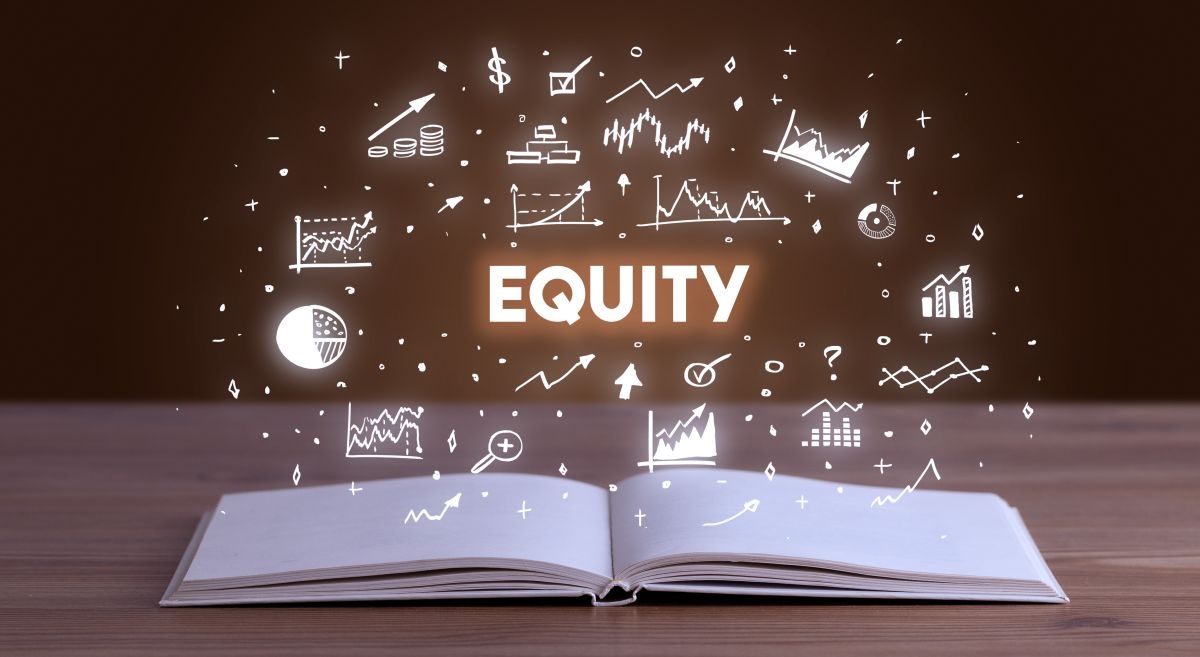
How can you Increase the Value of your Company - the case of Mid-year Discounting vs. End-of-year Discounting
MediaHave you wondered how an appraisal increase the value of a business simply? Tamir Levy, Ph.D., the Founder-CEO of Equitest, discusses the case of Mid-year discounting vs. End-of-year discounting.
There are many ways to increase the value of a company. But here is the simplest way: applying the cash flow discounting model.
The Discounted Cash Flow Method
According to the discounted cash flow method, a company's value is calculated by discounting the cash flows that the company is expected to generate by an appropriate discount rate.
You can read about the discounted cash flow model - in this link.
An Example for the Discounted Cash Flow Method
To illustrate the discounted cash flow model, we will use the following numerical example.
If a company generates 1 million dollars in the next year and 1 million dollars in the next two years, the company's value is the present value of the cash flows.
The discount means that the cash flows need to be discounted. For that, you need a discount rate. If we assume that the discount rate is 10%, then the value of the company will be 2 million USD dollars, and it is calculated using the following formula:
1.1 / 1.11 + 1.21/1.12
The Basic Discount Rule
According to the basic discounting rule - an amount of money received later is worth less.
The rule means that a dollar received in one year is worth more than a dollar received in two years.
Alternatively - a dollar received in two years is worth less today than a dollar received in a year.
If a company generates two cash flows of 1 million USD - the first is in 1 year, and the second is in 2 years.
The discounted value of the second cash flow equals less.
How Do You Build the Expected Cash flows?
The cash flow construction is based on the firm's financial statements. If the financial statements describe the firm's activity for one calendar year, from January to December, the statements describe the company's income for the entire year. In other words, income received in January, February, March, April, etc.
The financial statements describe the firm's revenues and are used to construct the forecasted cash flow according to the cash flow discount model.
To build the forecasted cash flows, we can use two approaches.
The first approach assumes that all cash flows have been received at the end of the year. On the other hand, the second approach considers the cash flows received in the middle of the year, that is, on June 30 of a specific calendar year.
Suppose we want to estimate the value of a company on December 31 of a specific year. Let's see how the two approaches will relate to cash flow discounting.
In the first approach, the discounting assumes that the cash flows are received at the end of the first, second, third year, etc. - at times 1, 2, 3, etc.
That approach is called End-of-year Discounting.
According to the second method, on the other hand, the assumption is that the cash flows will be received in mid-year - i.e., at the middle of each of the years. That is - on June 30 - first mid-year, in the middle of the second year (second mid-year), and the middle of the third year - (third mid-year). Alternatively, in times 0.5, 1.5, and 2.5.
That approach is called Mid-year Discounting.
In our numerical example - where the company will generate $1.1 million in one year and $1.21 million in two years - and the company's value was $2 million, given a discount rate of 10% per year - the first approach was applied.
If we were to apply the second approach, the value would be higher and equal to 2.10, approximately, according to the following calculation:
1.1 / 1.10.5 + 1.21/1.11.5
Conclusion
The conclusion is that if the appraiser wants to increase the company's value, he must adopt the second calculation approach. If you are looking for a quick and reliable way to test the value of a company - you are welcome to use Equitest. Start for Free by clicking here.
Related items
Media
(To unmute the video clip, click the video)

